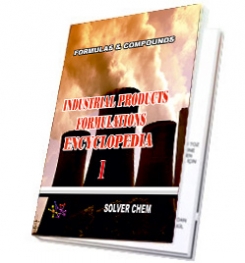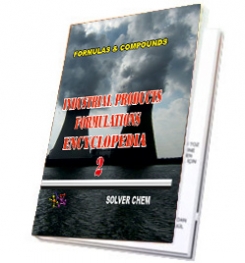Several factors affect how industrial and engine oils are tested. First, there are two different governing bodies involved in the regulation of these two types of oils: the International Organization for Standardization (ISO), which governs industrial oils, and the Society of Automotive Engineers (SAE), which governs automotive oils. These governing bodies regulate how the two types of oils are tested and calibrated.
ISO 3448 is the standard for industrial oils used in factory and plant machinery. These oils have an ISO viscosity grade that ranges from 10 to 6800, with 10 being the lowest viscosity and 6800 being the highest. The viscosities are measured in centistokes (kinematic viscosity) at 40 degrees C. Oils in this group must contend with high loads, varying ambient conditions and dusty environments.
SAE J300 is the standard for automotive oils used in combustion engines (crankcases). These are complex oils that can be divided into three categories: winter, high-temperature and multi-grade.
The winter (W) group measures the cold-cranking and pumping ability of oil temperatures as low as minus 10 to minus 40 degrees C. They are measured in centipoise (cP). However, SAE viscosity grades 0W to 20W are also measured in centistokes (kinematic viscosity) at 100 degrees C as part of the high-temperature or operating-temperature group.
Oils in the high-temperature/operating-temperature group can have an SAE viscosity grade from 20 to 60 and are measured in centistokes (kinematic viscosity) at 100 degrees C.
Multi-grade oils are a combination of winter-grade oils and high-temperature/operating-temperature oils. They can provide cold-cranking and pumping ability on cold starts as well as stable high-temperature running viscosities. They are measured in centipoise at 150 degrees C. If you buy oil for your vehicle, you likely have seen the donut symbol on the back of the bottle. In the middle of this donut is the SAE viscosity grade, e.g., 5W-30, 10W-40, etc. This group also has a high-temperature, high-shear (HTHS) subgroup.
Within these two oil classifications (industrial and engine), the operating conditions can be very different, and thus the reason for having different temperatures for measuring and testing the oils. Studies of actual operating temperatures have shown that 40 degrees C (104 degrees F) is suitable for most industrial lubricant classifications. Likewise, automotive industry studies have concluded that 100 degrees C (212 degrees F) is the industry’s average operating temperature for crankcase oils.

any engine oil
LUBRICATING OIL
FORMULATIONS
ENCYCLOPEDİA
is enough.
LUBRICATING OIL FORMULATION ENCYCLOPEDIA has many formulations of greases, complex grease, lithium grease production,sodium greases formula, formulation,multigrade engine oils manufacturing process,motor oils making, gear oil production, synthetic engine oils,semi synthetic motor oils,gasoline oils,diesel oils production process,composition of turbine oils,transmission oil manufacturing, production of cycle motor engine, tractor oils,mineral based motor engine production,heat transfer oils, slideway oils formulation, formulations, cutting oils formula,formulas grinding oils,mould oils manufacturing process and etc.
All lubricating oils in the encyclopedia are producible easily.You need no help and no technıcal support. The encyclopedia is enough to produce lubricating oils and engine oils itself.
LUBRICATING OIL
FORMULATIONS
ENCYCLOPEDIA
is written clear and understandable.


HARD BOOK E BOOK
RELATED TAGS: What is engine oils,making synthetic diesel engine oil,semi synthetic engine oil manufacturing process,mineral based engine oil production, heavy duty engine oil formulation,high performance engine oil formula,formulas,properties of motor oils,synthetic motor oil msds, analysis,composition of engine oils,additives of motor oils, mineral engine oil formulation,make semi synthetic diesel engine oil, base oils,synthetic base oils,light neutral oil,heavy neutral oil,performance additives package, properties of diesel engine oil, how to formulate engine oils, types of engine oils, synthetic motor oils,ingredients of engine oils,compounds of engine oils, index of motor oil,characteristic of motor oils,application of motor oils,combination of synthetic engine oils.
SOLVERCHEM PUBLICATIONS

|
|

|
|

|
|
